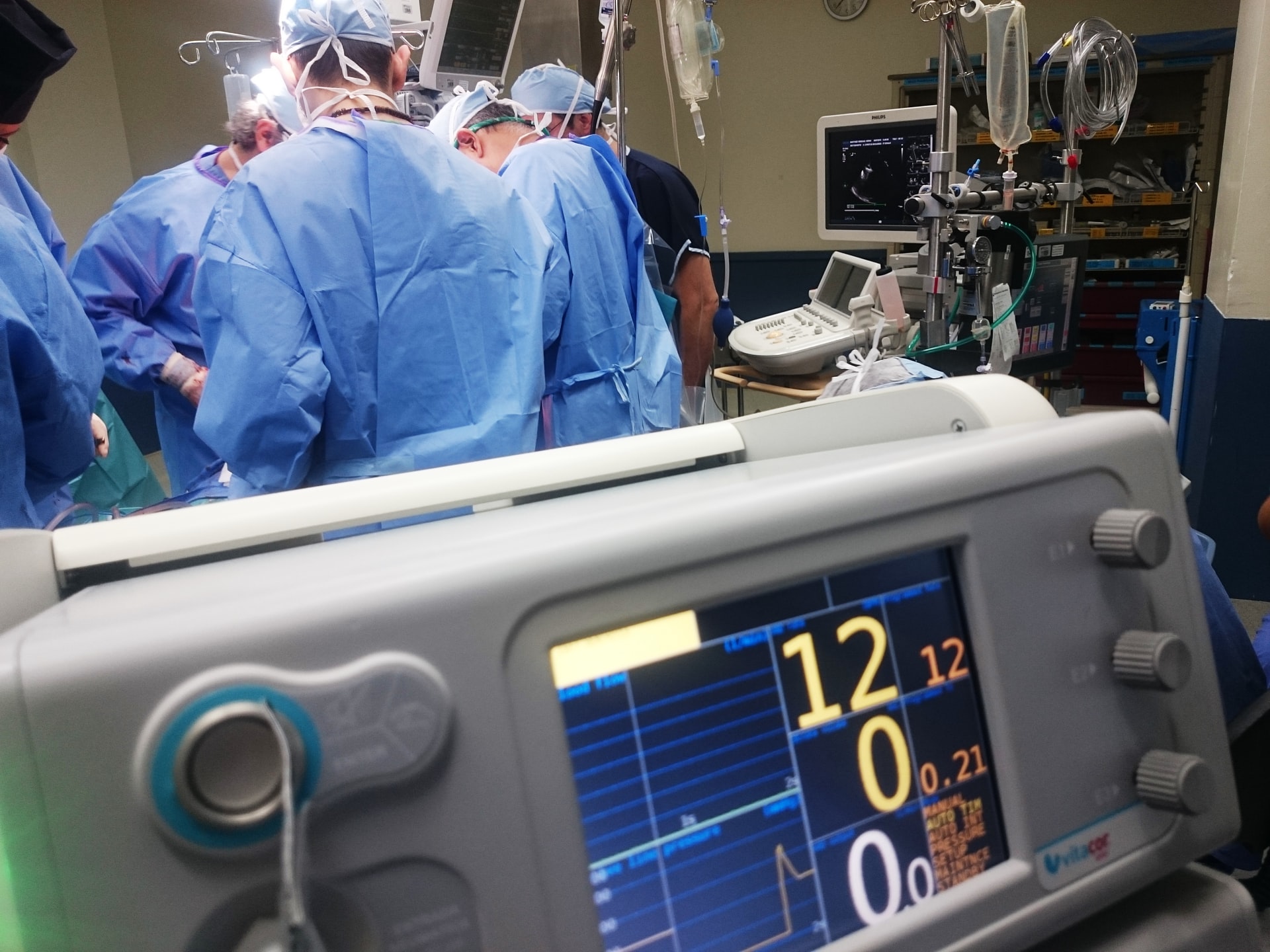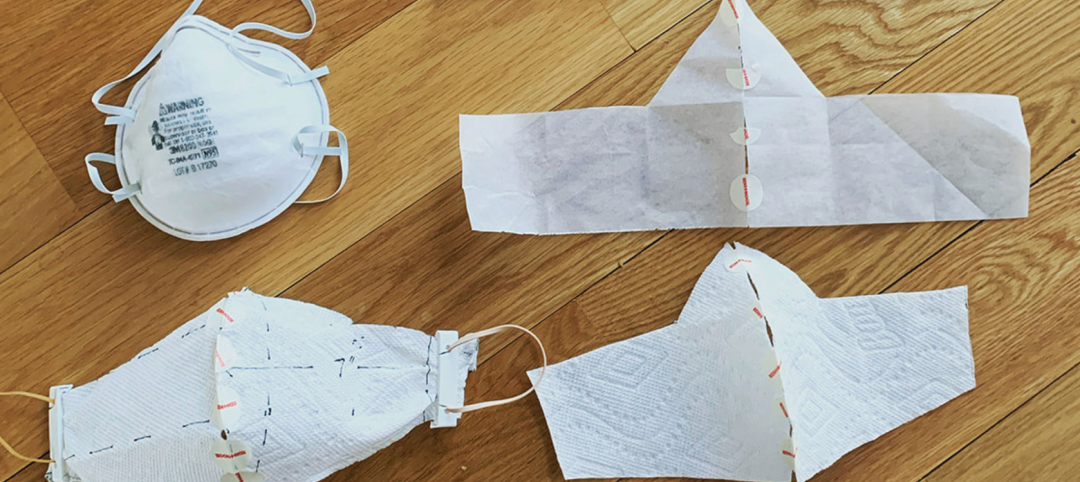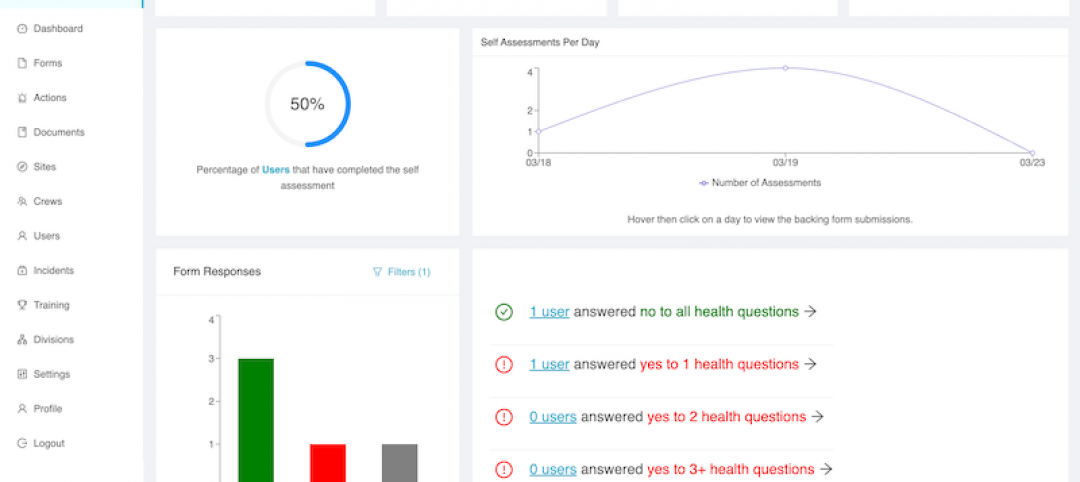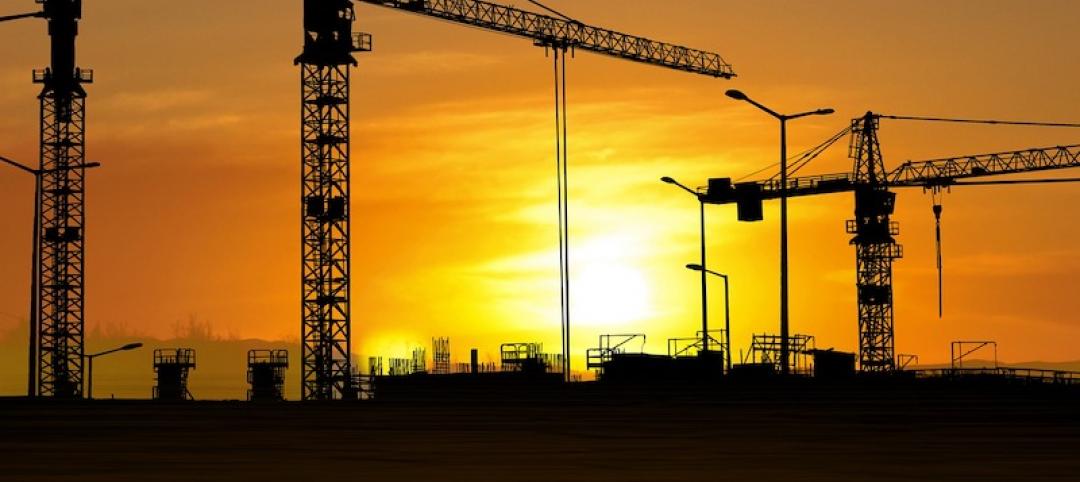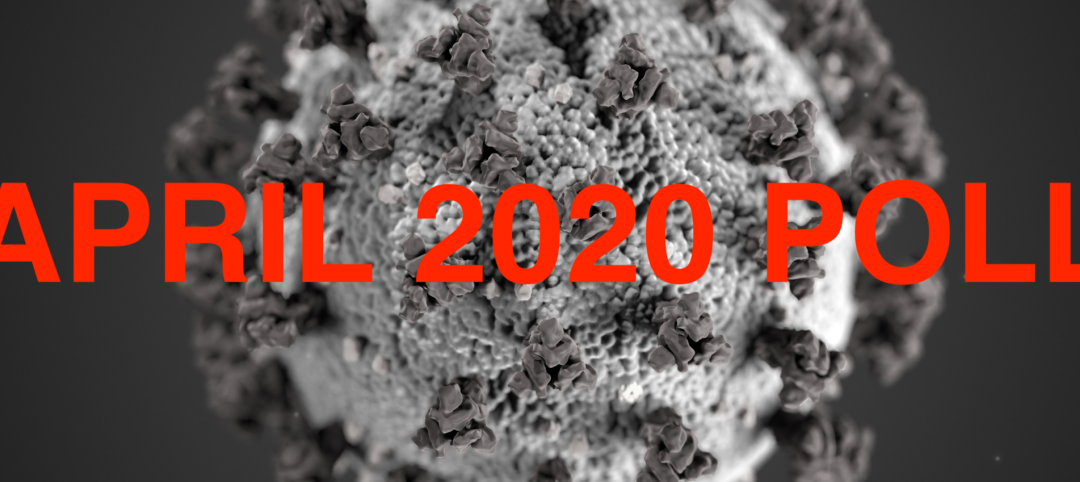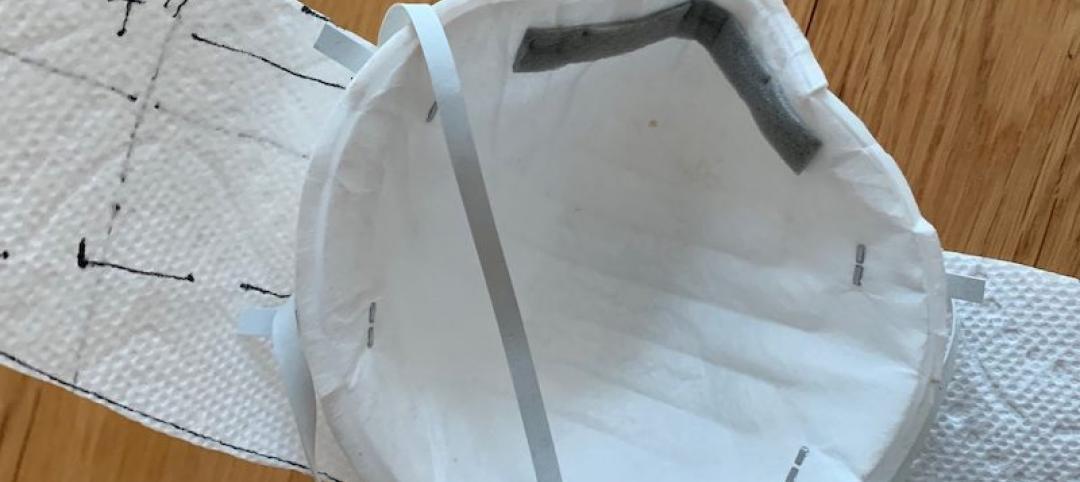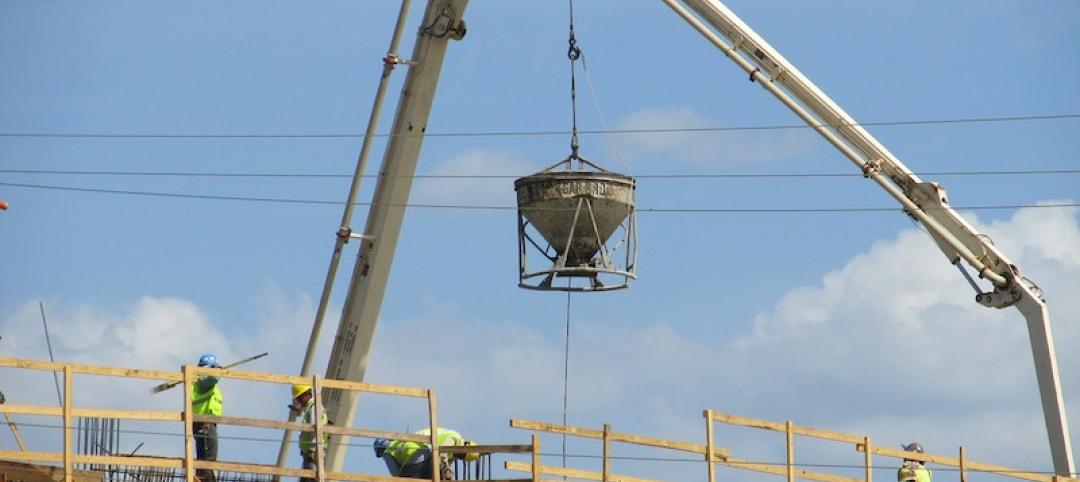The American College of Healthcare Architects (ACHA) has released the key findings of a survey of its members revealing their insights on the future of healthcare architecture and the role of design in the context of the COVID-19 healthcare crisis.
“The extensive experience of ACHA’s healthcare architects gives us unique insights into how this pandemic will shape the future of healthcare,” said Vince Avallone, AIA, ACHA, CASp, LEED AP, the ACHA's President. “These findings will influence the design of hospitals and healthcare environments for years to come.”
ACHA CORONAVIRUS SURVEY REVEALS HEALTHCARE DESIGNERS' ROLE IN ADDRESSING THE PANDEMIC
The ACHA survey revealed:
• Over 63% of respondents helped clients evaluate alternative care sites.
• Over 60% of ACHA experts were called on to help healthcare systems increase capacity – 28% created over 100 beds.
• Over 70% of respondents believe design for mass casualty patient surges will be an important element for hospitals in the future.
• Over 80% of respondents thought the telehealth boom would have major impact on facility design.
ACHA surveyed 129 certified professional healthcare designers to reveal lessons learned from COVID-19 and the role of architects in addressing the crisis. Participants represent areas across North America, including many severely affected states such as New York, New Jersey, Illinois, Massachusetts, California, and Pennsylvania.
WHAT WILL HAPPEN WITH HEALTHCARE FACILITIES AFTER THE COVID-19 PANDEMIC?
The survey also identified the healthcare designers' concerns about the future:
• How can hospitals be designed so normal operations (such as elective procedures) can continue through a pandemic so as not to disrupt regular patient treatment and create financial shortfalls for providing institutions?
• With the likely implementation of restrictions on patient/visitor traffic flow to control cross-contamination, how will this transform facility intake and entry design?
• How will increased restrictions placed on patient/visitor traffic flow to control cross-contamination transform facility intake and entry design?
• How can architects emphasize building flexible, adaptable facilities that can be easily modified to allow a quick response to changing medical priorities?
• How can healthcare and non-healthcare facilities be designed to handle patient overflow in a more expedient fashion?
“ACHA certificate holders represent a majority of the nation’s top healthcare design firms,” said Avallone, a Vice President/Senior Medical Planner at SmithGroup. “These results show our continuing commitment to help develop solutions for future healthcare design challenges. ”
For the full results of the survey, click here.
Related Stories
Coronavirus | Apr 2, 2020
COVID-19: CannonDesign initiates industry coalition to make masks for healthcare providers
Coalition formed to make DIY face masks for healthcare workers in COVID-19 settings.
Coronavirus | Apr 2, 2020
As virus spreads across North America, software providers step up with cost-free offerings
The goal is to keep construction projects moving forward at a time when jobs are being postponed or canceled.
Coronavirus | Apr 2, 2020
SBA and Treasury begin effort to distribute $349 billion in emergency small business capital
The new loan program will help small businesses with their payroll and other business operating expenses.
Coronavirus | Apr 2, 2020
New webinar explains how AIA Contract Documents can address business disruptions due to Covid-19
The webinar was recorded March 27.
Coronavirus | Apr 2, 2020
Informed by its latest Crane Index, Rider Levett Bucknall anticipates the effect of coronavirus on the construction industry
While total crane count holds steady, turbulent economic conditions indicate a recession-based drop in construction costs.
Coronavirus | Apr 1, 2020
How is the coronavirus outbreak impacting your firm's projects?
Please take BD+C's three-minute poll on the AEC business impacts from the coronavirus outbreak.
Coronavirus | Apr 1, 2020
Opinion: What can we learn from the coronavirus pandemic?
The coronavirus pandemic will soon end, soon be in the rear-view mirror, but we can still take lessons learned as directions for going forward.
Coronavirus | Apr 1, 2020
Three reasons you should keep sewing face masks (as long as you follow simple best practices)
Here are three reasons to encourage sewists coast to coast to keep their foot on the pedal.
Coronavirus | Apr 1, 2020
TLC’s Michael Sheerin offers guidance on ventilation in COVID-19 healthcare settings
Ventilation engineering guidance for COVID-19 patient rooms
Coronavirus | Apr 1, 2020
February rise in construction outlays contrasts with pandemic-driven collapse in March as owners, government orders shut down projects
Survey finds contractors face shortages of materials and workers, delivery delays and cancellations.


